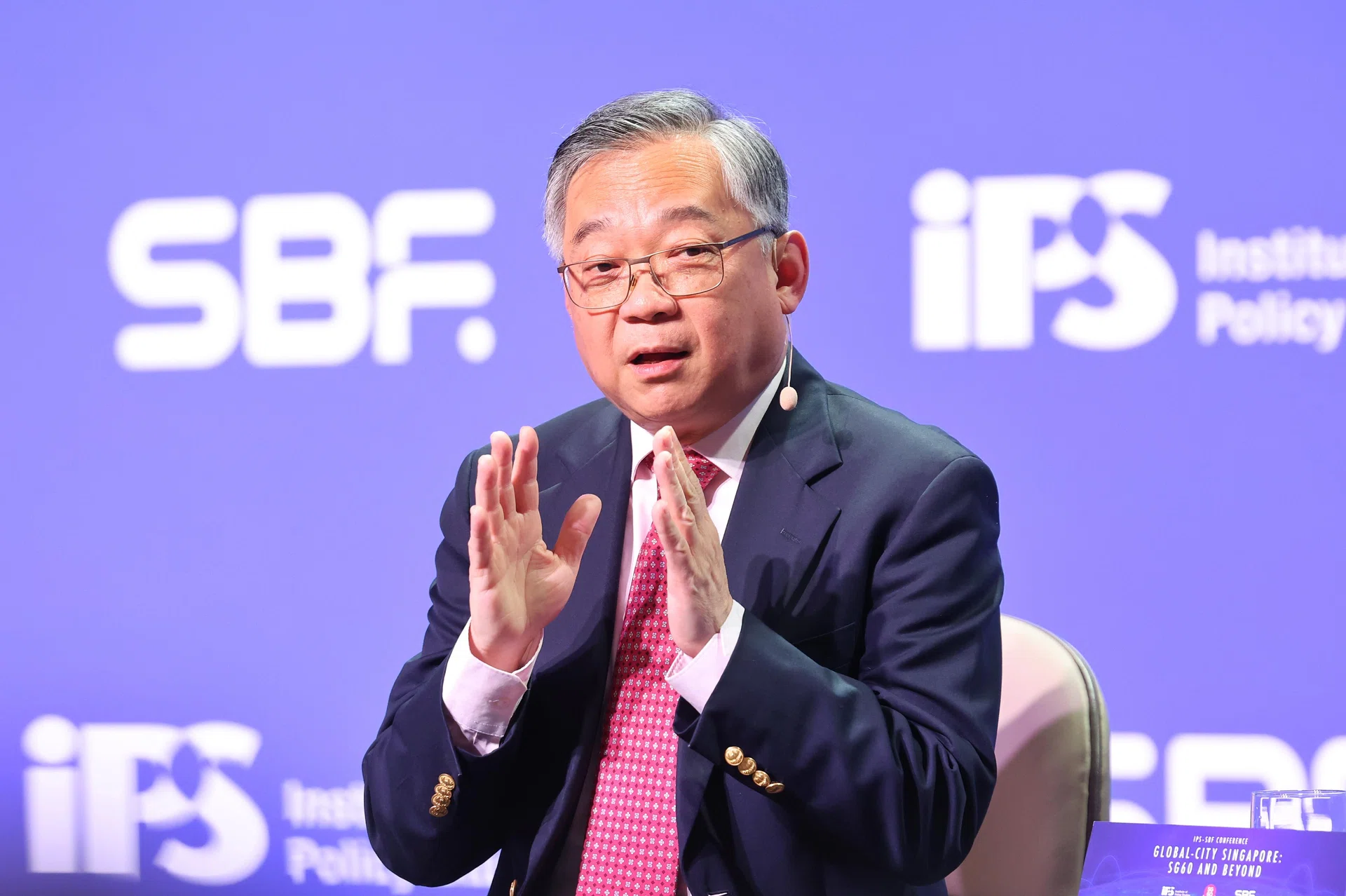Singapore Recalibrates Growth Model Amid Global Slowdown
Singapore trims 2025 GDP forecast to 2.1 %, citing weak electronics exports and slowing global trade. Policymakers pivot toward services digitalisation, AI integration, and regional infrastructure financing as the city-state redefines competitiveness beyond traditional manufacturing anchors.

Singapore is recalibrating its growth model to confront a slowing global economy and softening external demand. The Ministry of Trade and Industry has lowered the 2025 GDP forecast to 2.1 %, reflecting sustained weakness in electronics exports, subdued logistics flows, and tighter global liquidity. For a trade-dependent economy where exports exceed 170 % of GDP, even minor shocks reverberate through employment, fiscal receipts, and property investment cycles.
Electronics, once the core growth engine, remains under pressure. Semiconductor exports declined 8 % year-on-year in the first eight months of 2025 as global inventory corrections dragged orders from China and the US. While AI-related hardware demand is rising, much of the value capture now occurs further up the supply chain. The government’s response—deepening digital-services and finance integration—aims to shift dependence from hardware assembly to software, logistics, and cross-border infrastructure financing.
Monetary policy remains tight but nuanced. The Monetary Authority of Singapore (MAS) has maintained its modest, appreciating exchange-rate stance to contain imported inflation while guarding against excessive strength in the Singapore dollar (USDSGD). Inflation eased to 3 % in Q3, down from 5 % a year earlier, allowing scope for calibrated fiscal support. The government’s 2026 budget blueprint includes fresh grants for AI-driven productivity tools and data-centre energy efficiency—seeding the next wave of exportable services.
Financial markets are absorbing the adjustment with discipline. The MSCI Singapore Index has risen about 2 % this quarter, supported by banking and REIT sectors that benefit from stable yields. The property market is cooling but remains orderly, and sovereign yields continue to track US Treasuries within a 20-basis-point spread. Credit spreads for Singaporean corporates remain among the tightest in Asia, signalling confidence in policy credibility.
Strategically, Singapore’s pivot positions it as a financing and technology hub for the region’s infrastructure and climate transition. The government is courting institutional capital into ASEAN projects—smart grids, port automation, and data connectivity—that align with the city-state’s logistical and financial strengths.
The new paradigm is clear, growth through intelligence, not intensity. Singapore’s long-term competitiveness will depend on how effectively it redefines scale—not by producing more, but by orchestrating the flow of everything that others produce.





